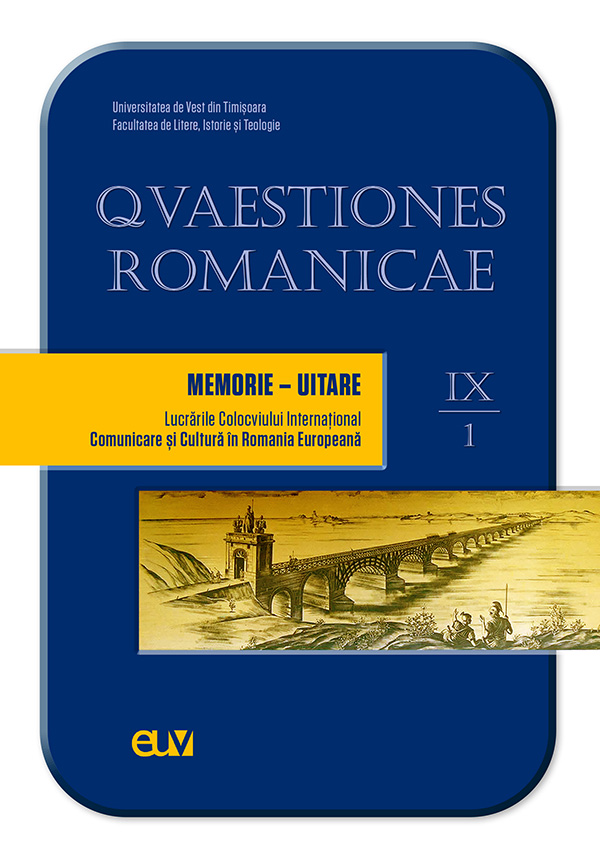La metafora nel linguaggio automobilistico come strumento per l’immaginazione e la concettualizzazione
Abstract: (The metaphor in automotive language as a tool for imagination and conceptualization) The advanced automotive industry and the rapid evolution of high-performance technology have begun to change the relationship between man and the car, which was initially just a practical and functional object. In the descriptions of oldtimer and contemporary cars we have noticed that they are no longer understood as means of transport, but as animated beings endowed with predominantly human emotions, temperament and character. These means of transport have marked more than a century of the history of coexistence with man and this is the reason why man has also begun to recognize his own actions and peculiarities in the characteristics and technical performance of cars. This link has affected the lexicon by increasing the number of metaphors used in both automotive and common language, heralding the emergence of a new era of mankind that is less and less "human" and more "technical". Our research was conducted on a substantial corpus of the most prestigious Italian car magazines, in which we identified various types of metaphors according to the classification developed in the field of cognitive linguistics. One of the objectives of this research is to discover to what extent the technical evolutions of motoring have left their traces on the quantity and nature of the metaphors used, as well as on the common vocabulary.
Keywords: cognitive linguistics, motoring, lexicon, metaphor, conceptualization, idiomatic forms of language, target domain, source domain.
Riassunto: L’industria automobilistica avanzata e il progresso rapido della tecnica ad alta prestazione hanno iniziato a cambiare il rapporto tra l’uomo e la vettura che inizialmente era solo un oggetto pratico e funzionale. Nelle descrizioni di automobili d’epoca e contemporanee abbiamo notato che esse non sono considerate più come mezzi di trasporto, ma come esseri animati dotati di emozioni, temperamento e carattere prevalentemente umani. Questi mezzi di trasporto hanno contrassegnato più di un secolo della storia di convivenza con l’uomo e questo è il motivo per cui l’uomo ha cominciato a riconoscere anche le proprie azioni e peculiarità nelle caratteristiche e prestazioni usate nel linguaggio sia automobilistico sia comune, preannunciando la comparsa di una nuova era dell’uomo sempre meno “umano” e più “tecnico”. La nostra ricerca è stata condotta su un corpus consistente dalle riviste italiane più prestigiose di automobilismo, in cui abbiamo individuato vari tipi di metafore secondo la classificazione sviluppata nell’ambito della linguistica cognitiva. Uno degli obiettivi di questa ricerca è di scoprire in che misura le evoluzioni tecniche dell’automobilismo hanno lasciato tracce sulla quantità e sulla natura delle metafore usate, nonché sul lessico comune.
Parole chiave: linguistica cognitiva, automobilismo, metafora, dominio target, dominio sorgente.
